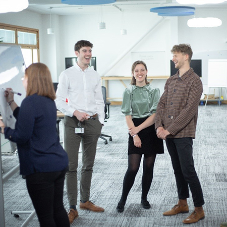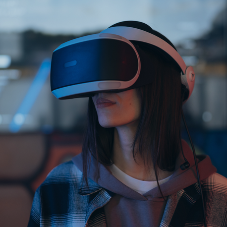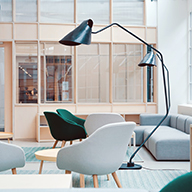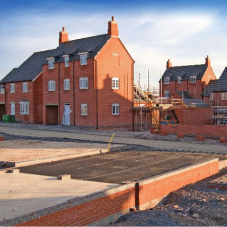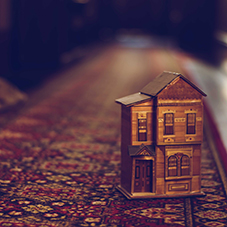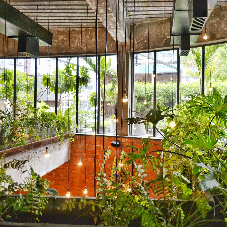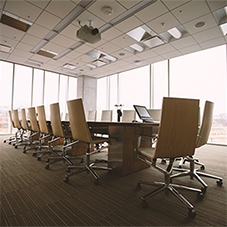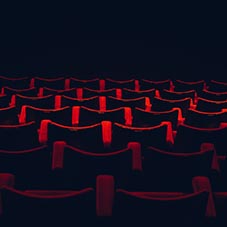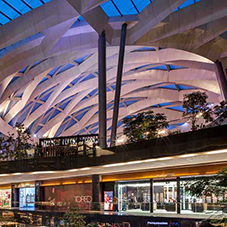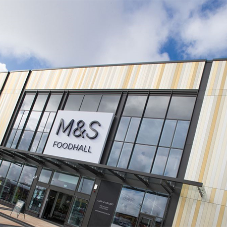As the way we work changes so will the environment we work in. As a newer generation of workers comes out of education what will they require of a workplace? What will the office of the (not so distant) future look like?
We’ve all heard of those ultra-modern business campus’ like the ones we see at major tech companies like Google and Apple Inc. and those ultra-hip offices we associate with start-ups but to the standard office worker those spaces seem like a youthful pipedream.
Or are they? Over the past century our cities have gone from industrial powerhouses to metropolises’ of office blocks. As the office-working city cements itself into the 21st century what can we expect of office life in the next decade?
For starters offices will become less isolated and will be more incorporated with the local environment and local community. Offices will become public spaces, with elements of the building being open to the public. Whether this comes in the form of publically usable workspace, landscaped courtyards or shops and cafes, offices of the future are less likely to be hidden behind door codes and swipe cards.
This notion of opening up the working space also applies to an increase in outdoor workspaces. More offices are expected to include external spaces where staff can take a moment of independent work or meet in groups to work collaboratively. Whatever the space is used for the office will begin to creep outside as it becomes more intertwined with the local environment.
Internally offices will see a growth in biophilic design, incorporating more than just the occasional desk plant. Think planted walls and indoor forests as well as meeting rooms and social spaces designed to mimic gardens.
We’ve already seen the rise of hot desking and though there are divided opinions on this strategy, we will definitely see office spaces becoming less individual. The introduction of places of intersection in offices such as casual workspaces, standing meeting points and outdoor spaces opens up opportunities for collaboration and idea sharing.
Seated desks will be phased out with the introduction of standing desks. Standing desks are said to be healthier and promote productivity. The freedom to move around without the constraints of a desktop set up will open up opportunity for teamwork.
Offices will no longer only function as places of work but also be expected to encourage social behaviours. Providing breakout areas, office gyms and spaces for cafes or restaurants will encourage a new generation of workers and a new generation of businesses to grow.
We will also see the rise of the smart office, with home automation technology reaching the workplace. Systems than can monitor the habits of employees and adjust environmental controls accordingly. Digital and VR meetings will increase in popularity opening businesses up to collaboration with no boundaries.
What do you think our office spaces will look like in the 2020s? Let us know on LinkedIn
Related Blog Articles


